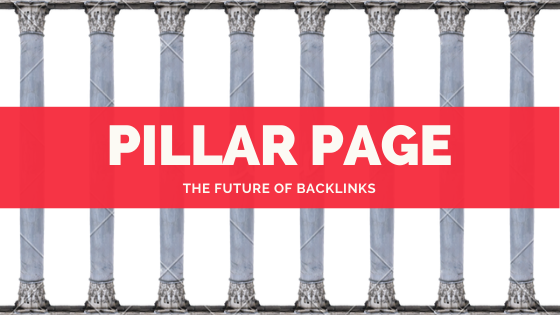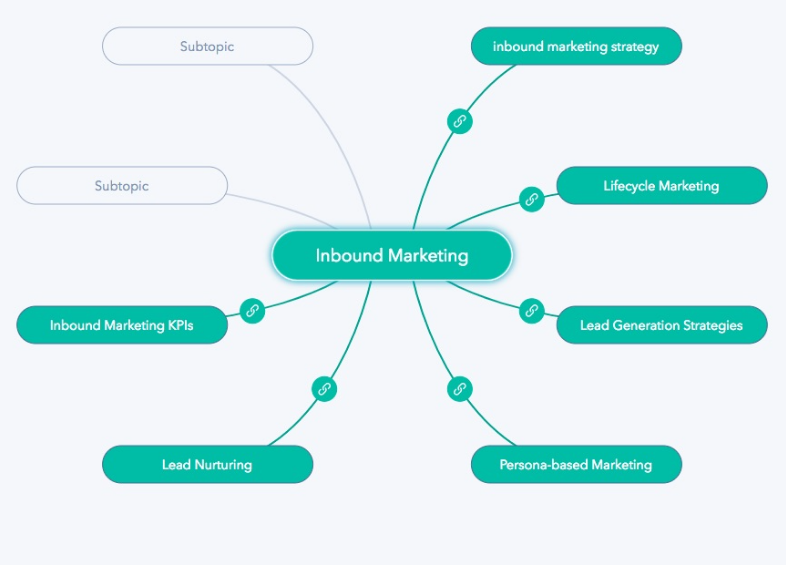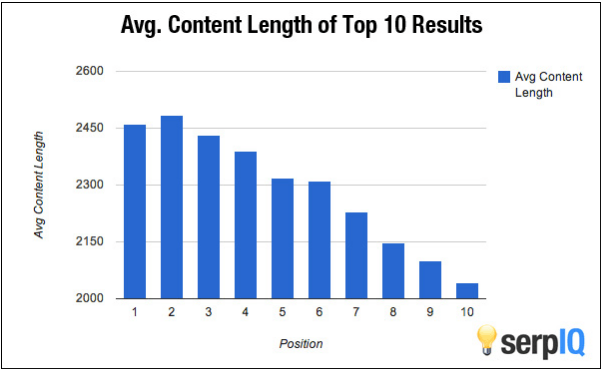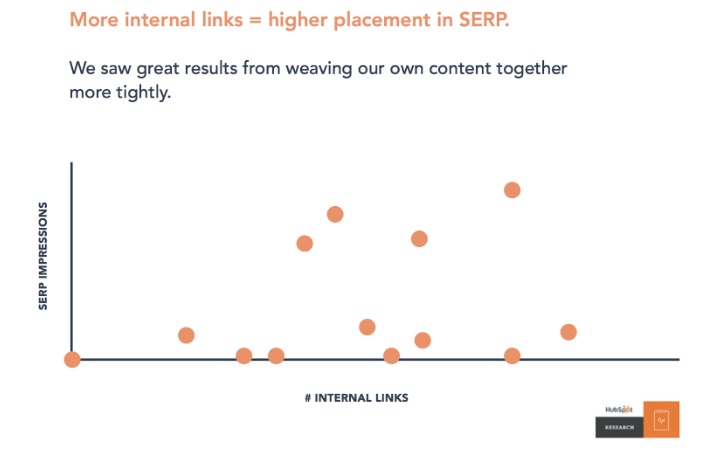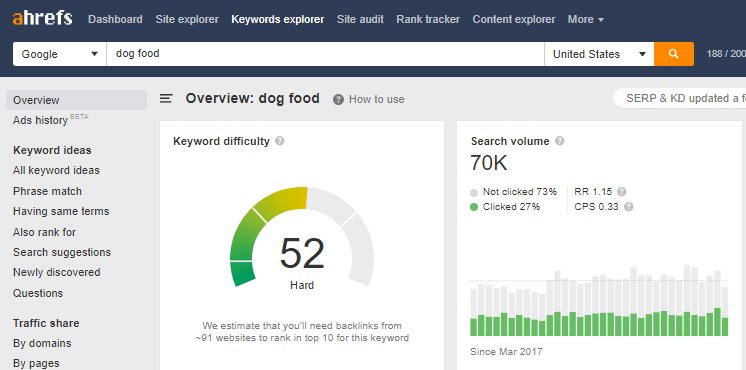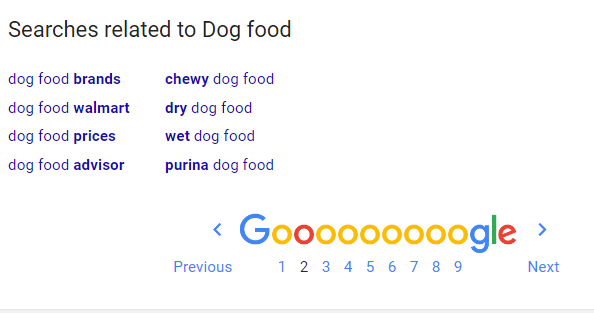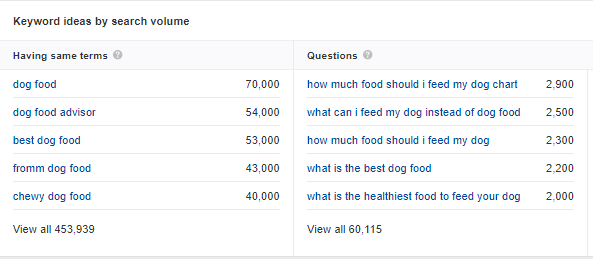[lwptoc depth=”6″ hierarchical=”1″ numeration=”none” width=”full”]
Introduction
We all understand how difficult it is to transform your website’s content to adapt with the ever changing Google algorithm and it surely is the last thing that we will like to do. The things you did a year ago are not going to help you. So, how can you keep up and change your content strategy.
Google has changed its search engine intelligence to better understand if your content is actually answering a search query.
Focussing on a few long term keywords is not good enough, you have to improve all of your content in order to adapt with the changing SEO scenario
So, how do you improve your content and capitalize on the current state of SEO?
The answer lies in Pillar Pages & Topic Clusters.
Pillar pages also help in attracting backlinks to your website naturally, websites with high DA like to refer back to pillar pages because of the quality of content that this page has.
These sites can provide a great boost to the traffic on your website and make you more visible in search engines.
What is a Topic Cluster?
For boosting your Google ranking, you need to switch to topic cluster models with your content. For this you need to choose a main topic that you want to get ranked and create your content on keywords relating to the topic.
This gives rise to an architecture that organises and links on different blogs and pages together and will help in ranking for more pages on Google. It also helps the audience to find right information on your website.
A topic cluster includes three components:
- Pillar Content: A broad topic that you are trying to rank for.
- Cluster Content: More specific, detailed content that branches off from the pillar content it is attached to.
- Internal linking structure: Use links within the cluster content to bring readers back to pillar content.
What is a Pillar Page?
A pillar page represents the general overview of all the aspects of a topic on one page without going too much in detail.
However, there is space for more in-depth reporting and information about a topic through links to various blogs and cluster content, that explains various topics falling under the same umbrella.
Pillar pages majorly cover a general topic and content clusters should also address a particular keyword associated with that topic. For example, you may write about Inbound marketing – the main topic – and a piece of the cluster about lifecycle marketing and lead nurturing – a more specific keyword within the topic.
In essence, a pillar page can be considered as a master page that covers all related topics under one umbrella page and it will touch all related topics without going too much in detail.
The following items must be included on a pillar page:
- The content related to the main topic: This should be in a text format but you can also include a video.
- Links to content geared towards more detailed information.
- A call to action must be included in all supporting pages.
Types of Pillar Pages
There are majorly two types of Pillar pages:
Resource pillar page:
A resource pillar page covers the general overview of the topic and links it to cluster content that expands the topic further.
This type of pages have the following characteristics:
- A reference page which is “Bookmarkable”
- A page heavy on internal/ external links
You can see an example here.
10x content pillar page:
A 10x content pillar page is similar to the resource pillar page but in more depth i.e. “10x” times more in-depth. It explores the topic with the help of research and examples without many links off to other pages.
This type of pages have the following characteristics:
- Diving deep in a core topic
- Format similar to an ebook with an option to download
You can see an example here.
Thumb rules for a great Pillar Page
- A Pillar Page must have a minimum of 4500 words in length or can be more, it depends upon the competition and content
- Good graphs, proper lists, anchor texts, and other things such as quality, long content should be included in a Pillar Page
- A pillar page must be kept on the top of the website for better results.
- The core topic must be included in the title, tags such as h1, and url.
- Lot of links from other websites promoting your pillar page should be included with the help of guest posts and supporting content.
- Keep your pillar page fresh and relevant by constantly updating it as information evolves
Why Pillar Pages are important?
A Pillar Page plays many important roles. It helps you in better organising your website by removing redundant pages or content and be sure that all your content points towards the relevant goals.
This improved organisation can also improve SEO of your website. Pillar pages can also improve SEO by interlinking different content around the important topics
Lead generation is another reason why pillar pages are used. As pillar pages increase traffic to your website, we should take advantage of this increased traffic
Pillar pages can additionally be used for content marketing of your website.
Organising your website
For years, most marketers have a misunderstanding regarding blogging , that they have to increase content on their website to grow their traffic. But after writing posts for years what they actually get is an accumulation of tons of pages that have no views.
So, when Google’s algorithm crawls through your website, it will see a lot of content with no importance, even if there are a lot of successful pages. Therefore, Google does not direct much traffic to your website.
Creating Pillar pages helps you in deciding what website really is about and eliminating the stuff that falls outside. It will also help in updating and recycling old posts related to your topic so that they can get some traffic.
A Pillar Page makes you understand how you should relate pages within your website and helps you in streamlining the paths for your audience as well as for Google bot to follow.
This also makes you think what kind of posts should be on your website and helps you in avoiding to write duplicate posts.
Search Engine Optimization
The main aim of a pillar page is to improve ranking for certain keywords.
An effective pillar page is typically more effective and comprehensive than an average website page or a blog post. The more detailed and comprehensive your pillar page is, the greater number of search queries it will be relevant to.
While a content does not have to be long enough to be able to rank for competitive keywords, it is seen that larger content is more likely to appear on first pages for many search queries.
Image Source: blendb2b.com
Another reason for pillar pages boosting your SEO is because they help in “interlinking your content” which is the most important thing for improving your search rankings.
Interlinking
A model of topic clusters as well as pillar pages are constructed to increase opportunities where we can interlink the content on your website right now with the content that you decide to create in the future.
Interlinking gives your audience an easier way to dig deeper into the content and exploring a particular point or content. This means that visitors will be active on your website for much longer and you have more opportunities for leading them to your funnels of marketing.
A study by HubSpot suggested that the more related pieces of content you can link to your pillar page, the higher you will be able to rank for search terms around the associated topic leading to more impressions and traffic as shown below.
Image Source: HubSpot
Lead Generation
Pillar pages can also help in generating new leads.
If your pillar page is ranking for high volume keywords surrounding the topic then there always will be a steady flow of visitors coming to your website. There is no guarantee that you will see these visitors again but you register them on your emailing list if you reach them with the correct lead magnet.
And even if you don’t rank, it still will be the page that all your content points, so it will be visible to people who spend more time on the website.
So, they are a perfect place for generating leads.
Content Marketing
Pillar pages are a great effort to teach your audience something that they find important and relevant.
Topic clusters and pillars are perfect for onboarding campaigns, content marketing strategies, lead generations, your remarketing strategies.
Developing pillar pages should not be only about filling your funnel but it should also contribute to digital content marketing strategy.
How to create a Pillar Page?
Below I have listed out 6 steps involved in creating a Pillar Page for your ecommerce website. The industry example I have chosen is from the Pet Food industry and I have further focused on food of the most loved pet animals: Dogs 🙂
A Pillar Page or Power Page can be easily created by following the below steps:
1. Choosing the right topic:
The very first thing is to focus on the right topic and not on the right keywords.
This topic will determine how broad your pillar page will be, you should select a topic wide enough to write a pillar page and come up with specific keywords related to the broader topic.
For making sure that you have chosen the correct topic to align with content that you have already created and it should support at least some of your products and should be a term that your buyer persona would search for.
To find a potential topic you can do research on Google. You can use online tools like AHREFS to determine the search volume of your selected topic.
Ideally, the topic you have selected should have a monthly search volume of 2500 and should align with your strategies for content marketing.
For eg. If there is a company called ‘Pet House’ that manufacturers pet supplies, “Dog Food” can be a great topic. We will use this example to understand the steps of creating the pillar page
Image Source : AHREF.com
As you can see in the image above the topic “Dog Food” has a monthly search volume of 70000.
2. Lining these topics with keyword research:
Once you have selected the categories that are important for you, the next step would be researching the most relevant keywords for your website and how your audience will explore those.
For eg., in our case how would people search for “Dog Food” online. What are the queries that they will search for?
This step will help you decide specifically about the topics that you will be writing about. Your pillar page will majorly focus on search queries that will direct maximum traffic to your website.
Once your pillar is ready then you can easily map other relevant topics that map to your pillar and easily align it with what people are searching for.
You should choose keywords that have a lot of search volume that cover different aspects of the topic.
You can use Google’s related searches suggestion and autocomplete feature to track down keywords relevant to your topic.
You can also make use online tools like AHREFS ans SEMrush to track down related keywords to the topic with high search volume:
These keywords will act like your topic clusters or content cluster.
There is no limit on the number of posts that you can go in your topic cluster if it’s relevant to your audience and helps you establish authority, just create a post.
3. Start writing your Pillar Page:
Now, it’s time to write your pillar page, you can take an existing blog and convert it to your pillar page or you can just start from scratch.
A few key elements that we suggest you include:
- A bulleted or numbered table of contents
- A definition of the topic that you are covering somewhere in the first section
- A more specific topic related keyword in each of your subheadings.
- Content that provides the overview of sub-topics discussed in the pillar page.
In our example, we will start writing a pillar page on the topic “Dog Food”. This must include the following:
- Proper definition of the topic i.e. Dog Food
- Use of Topic related keyword in the sub headings
- Overview of sub topics related to Dog Food i.e. Types of Dog Food, different brands of dog food etc.
4. Mapping out your Topic Clusters:
As you start writing about your Pillar Page, you will find out that there may be some sections that you can go in more detail. And also you may find relevant topics during the research phase that people can be searching for but that don’t exactly fit in your pillar but are worth addressing.
There is no limit on how many posts that you can put in a topic cluster, if it’s relevant to your audience you can include it.
There are also no predefined criteria on what kinds of posts that can be part of your cluster. You are just creating a network of pages which is interconnected that help your audience in exploring a particular topic.
Your topic cluster should also include interviews through industry leaders, pages with videos and FAQ etc.
In our case, we should include all the relevant topics related to Dog Food that our potential readers may want to read about.
Answering questions like “What type of Food is best for my dog?” can be a great topic cluster.
There should also be a proper FAQ section related to our main topic which is “Dog Food”.
5.Interlinking Everything:
Interlinking is one of the most important things that help in making pillar pages effective.
Don’t forget to interlink your topic clusters blogs to your pillar page.
Interlinking gives your audience a convenient way to dig deeper into your content by exploring a specific point or content. This means that visitors stay on your website for much longer and you have more opportunities to lead them into your marketing funnels.
Now, we should start interlinking our main page i.e. the pillar page about “Dog Food” with other topic cluster blog posts. This will help in creating an interlinking network of pages that provide information to a related topic.
6. Promote your pillar page:
The most important step is to promote your pillar page, promoting your page will help google to understand relevancy of your page to an audience who find your topic interesting.
If your page starts getting tons of visits and people start spending a long duration of time on your page, you will be able to rank on Google really sooner.
Promoting the pillar page should not be restricted only to social media shares or an email, it must be part of all your campaigns as it explains something important about your business to the audience.
Another way of promoting your pillar page by creating backlinks from relevant high DA websites. Here are a few reasons why backlinks will be good way to promote your pillar page:
- Increase traffic and ranking: Backlinks helps you improve your Google ranking. A strong backlink profile is enough for getting displayed on Google’s top ranking.
- Signal of strength for Google Crawler: When Google encounters a contextual backlink, it considers your domain to be informative and relevant therefore it shows it to more number of people.
We can promote our “Dog Food” pillar page by getting backlinks from relevant pet websites or bloggers that write blogs related to pets.
Conclusion
I hope this article will provide you with a proper understanding of pillar pages, why they are important and how you can create your own pillar pages.
A pillar page acts like a pillar for the rest of your content. It is generally the longest and largest content on your website that links to all other relevant content.
Pillar pages provide your content strategy the missing piece that it needs to adapt with the changing SEO scenario. In the absence of a great pillar page your content strategy will definitely suffer.
In the end, your business should have the goal of staying on the frontfoot of both content marketing as well as SEO.
It is very crucial to stay present in an online world that can be difficult for the audience to navigate because of information overload. Use pillar pages to make it easier for your audience to find content that is well organised and stay ranked as the ever changing marketing landscape keeps on evolving with new strategies and trends.
Frequently Asked Questions
Q) Are pillar pages only useful for blogs or can we adopt a similar strategy for the pages like product pages too?
Ans) They can be used for product pages as well
Q) Is a pillar page a blog post or website page?
Ans) It can be either or both depending on your overall site structure.
Q) Can we create the pillar page as a blog or should create a separate one?
Ans) The pillar page can be part of your blog. In fact, it should be. There you can also publish a pillar post as a page and write the supporting content as posts. It all depends on your site architecture.
Q) What’s the difference between a Power Page and a Pillar Page?
Ans) A Power Page is designed to generate lots of external links, preferably from high-authority sites. A power page can be a pillar page and vice versa.
Q) Can we have multiple Pillar Pages for a single website?
Ans) Yes, we can have multiple pages, each covering a different topic. I don’t think there’s any specific number you should look out for.
Q) What should we create first, Pillar Page, or Cluster Content?
Ans) Create & publish the pillar page first and then create the cluster content
Q) What should be the length of a typical Pillar Page?
Ans) The length of the pillar page or power pages should be above the average length of a blog which is typically 2000 words. The ideal length should be something between 4000 – 8000 words.
References:
- Nelson, R., 2020. The Beginner’s Guide To Pillar Pages. [online] Overthink Group. Available at: <https://overthinkgroup.com/pillar-page/> [Accessed 11 May 2020].
- Bernazzani, S., 2020. How To Create A Pillar Page. [online] Blog.hubspot.com. Available at: <https://blog.hubspot.com/marketing/how-to-create-a-pillar-page> [Accessed 11 May 2020].
- Neil Patel. 2020. How Pillar Pages Will Help Your Search Engine Rankings. [online] Available at: <https://neilpatel.com/blog/pillar-pages-explained/> [Accessed 11 May 2020].
- Digital Transformation for Sales & Marketing. 2020. What Are Pillar Pages, And How Do They Help SEO? – Digital Transformation For Sales & Marketing. [online] Available at: <https://oboagency.com/what-are-pillar-pages-and-how-do-they-help-seo/> [Accessed 11 May 2020].
